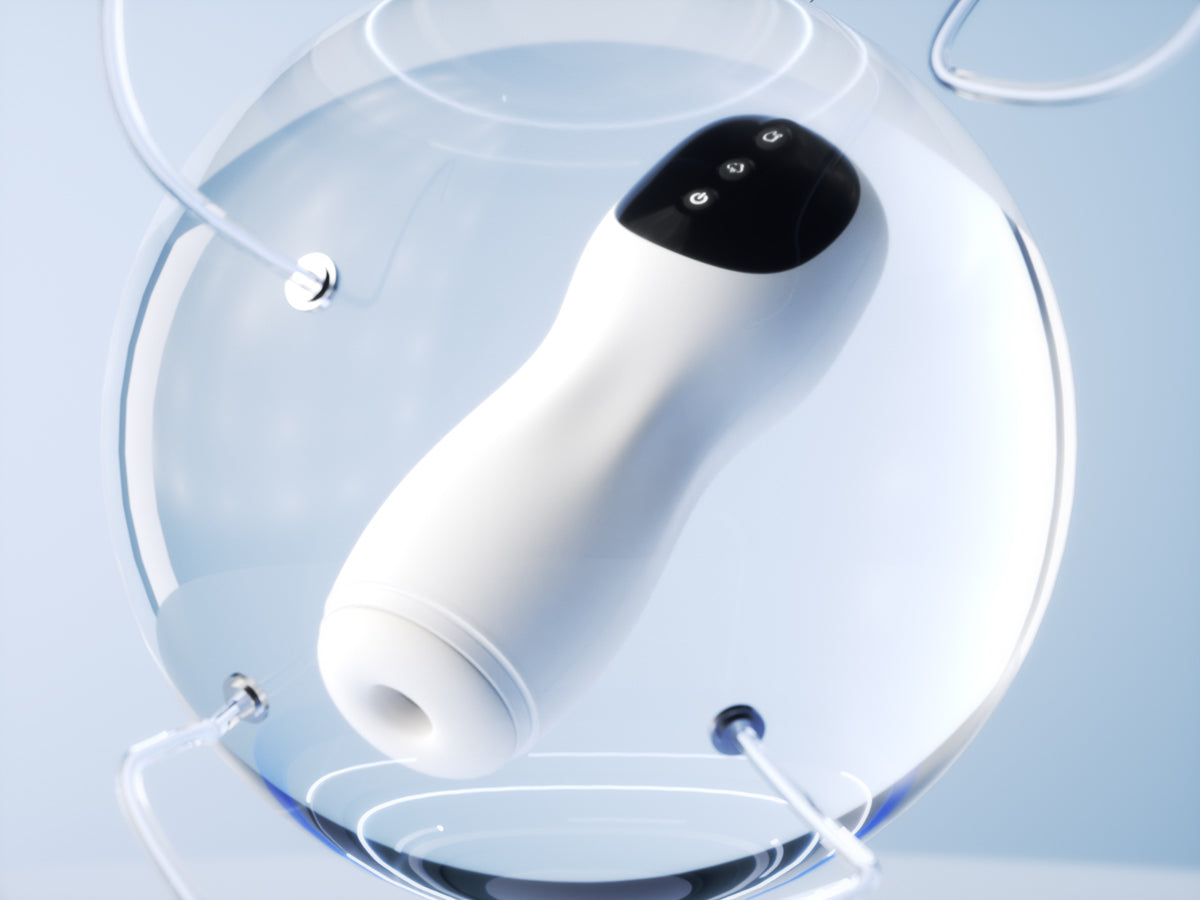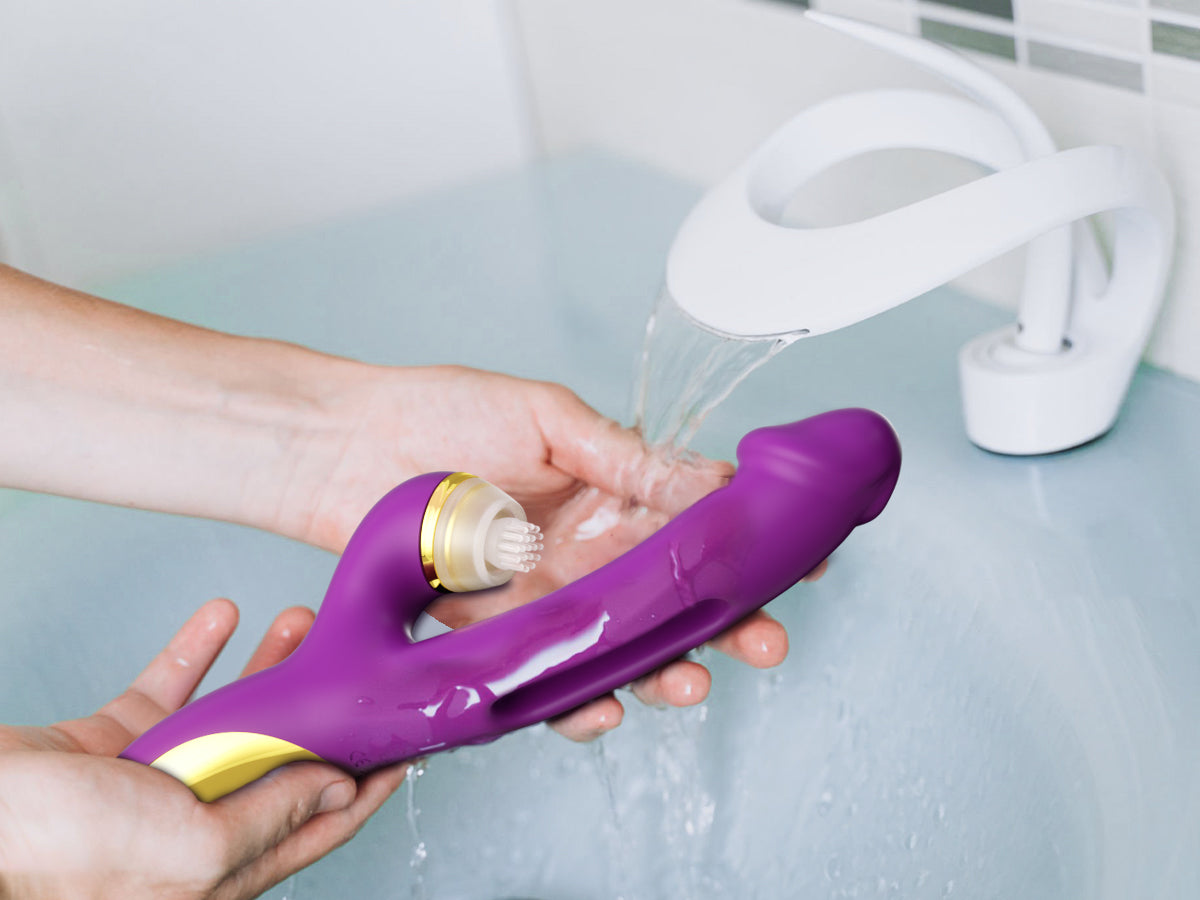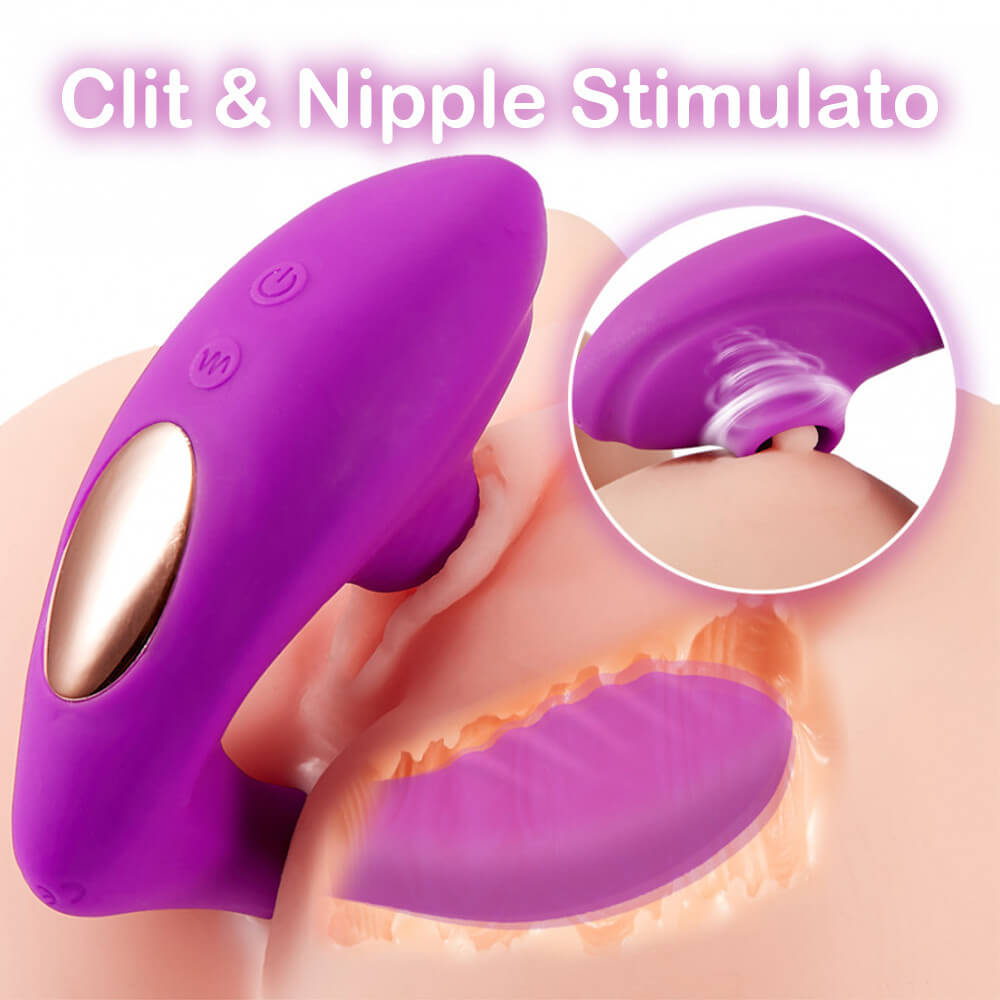Many toys have pores and pockets that can harbor infectious particles. Most are made of plastic, but others are also possible. Toys with pockets are particularly risky because they are rarely completely dry, and a single person can reinfect another with the toy and pass it on to a new person. Toys can also spread STIs to other people if they are used by more than one person.
STIs
It's important to remember that sex toys can harbor many kinds of germs. To protect yourself, always clean your sex toys before use. Porous toys are harder to clean than non-porous ones, which means bodily fluids will stay on them for longer. Toys made of non-porous materials, such as silicone, are the easiest to clean and will be less likely to spread STDs. Glass and silicone toys can be run through a dishwasher or boiled to kill germs.
While sex toys do not cause the spread of STIs, they are a common source of transmission of these infections. A gonorrhea patient can pass on anal gonorrhea through a shared sex toy. Infected sex toys are made of porous materials that can hold dust, soap, perfume, and other bacteria. Because they cannot be completely cleaned, sex toys are an easy source of infection.

Transmission via sex toys
There is a growing debate over whether sex toys can transmit sexually transmitted diseases (STDs), such as chlamydia. In the past, studies have suggested that these sex toys increase the risk of transmission, and in some cases, these sex toys may cause infection as well. However, the truth is that sex toys can actually cause a person to contract an STI or a sexually transmitted disease. As the material is porous, it can retain bodily fluids and contaminate other objects. This means that sharing a sex toy will increase your risk of contracting chlamydia, gonorrhea, and syphilis.
In addition to transmitting STDs, sex toys may cause skin infections. To minimize the risk of transmitting these infections, you should clean your sex toys after each use. In some cases, you may not be able to get an infection through sex toys, but if you have any symptoms, you should seek medical attention. It is important to remember that the location of the infection is important in determining the type of herpes you have.
Transmission through kissing
Although kissing is associated with lower risk of infection, it is still an effective way to spread sexually transmitted diseases. The primary way STDs are spread is through skin-to-skin contact and saliva involvement during kissing. One common STD that can be spread through kissing is herpes simplex virus (HSV-1), which is a herpes virus. The symptoms of herpes simplex virus include red or white blisters on the lips, tongue, or genitals. During kissing, the virus can be spread through saliva, by touching an active sore, or sharing utensils and sanitary products.
Although saliva does not pass through an unprotected wound, STDs can be spread through kissing. Symptoms of STDs include sores in the mouth, oral and genital areas, and gonorrhea. In some cases, the person suffering from an STD will not know he has the disease, so kissing them may be dangerous. To avoid catching an STD, it's best to contact your health care provider immediately and get yourself treated.
Transmission through non-porous materials
Transmission through non-porous materials can occur through sexual contact and fomite transmission. Fomite transmission involves the spread of infectious diseases by contact with objects or germs on them. For example, the spread of cold virus is caused by people's sneezes, and food contamination can be the result of using an unclean cutting board. Fomite transmission occurs when viruses and bacteria that remain on surfaces lead to infections. This is different from the transmission of disease from person to human contact, which occurs through infected water or air. Some diseases are more prone to fomite transmission than others, and other factors may be involved.
The prevention of STDs in children requires close collaboration between clinicians, child protection officials, and labs. If the infection is suspected, an official investigation should be conducted as soon as possible. Some diseases are 100% indicative of sexual contact, but others, such as HPV and vaginitis, do not exhibit such a strong association. Hence, clinicians should be aware of the reporting requirements in the state where the patient lives.
Sanitizing a sex toy
Sanitizing a sex tote is essential to keeping it free from germs and other contaminants. Various bacteria and viruses can live on sex toys, and if not properly cleaned, they can lead to infections or STIs. The length of time that pathogens can remain outside the human body can vary, depending on their type and location. Here are some tips to keep your sex toy clean.
Before using a sex toy, you must clean it with isopropyl alcohol or mild soap. Remember that sex toys have pores, just like your skin, which can harbor bacteria and fungi. Use a condom to protect your toy from infection. You can also sanitize a sex toy with a spray cleaner, if you have one. Warm water is also recommended for toys with glass or metal parts.









